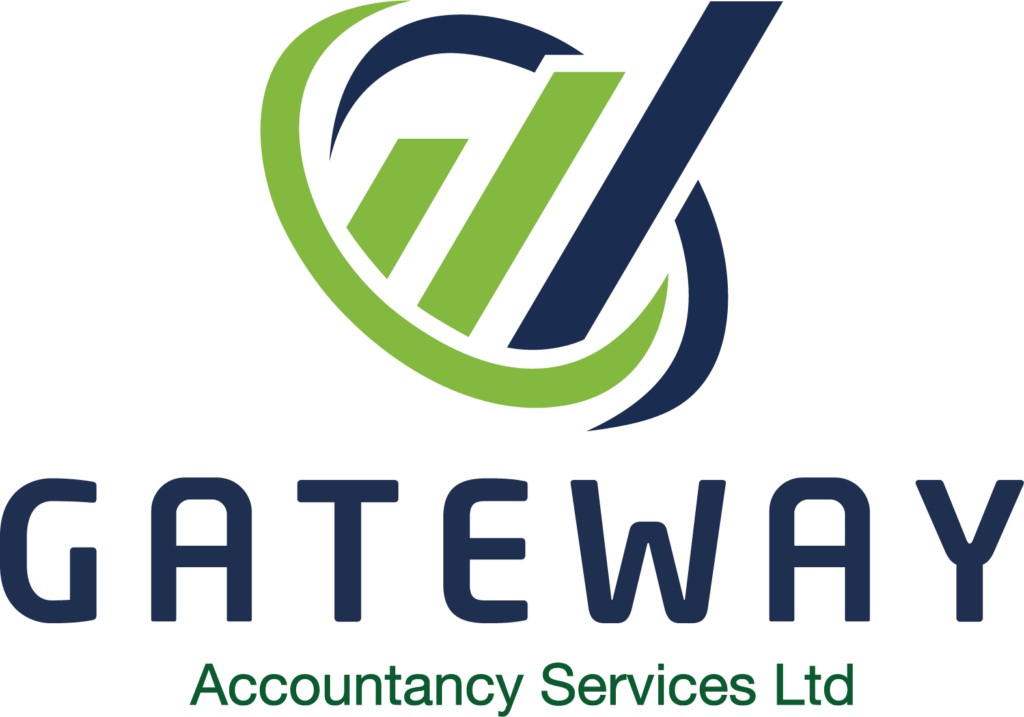
As a sole trader, you can deduct a variety of business expenses from your taxes, which helps lower your overall tax bill and increases the take-home profit of your business. One major category of allowable expenses is for tools and equipment related to your trade or business.
Claiming tool, technology, vehicle, and equipment expenses properly can lead to substantial tax savings and is an important part of managing finances for a self-employed tradesperson or small business owner.
This guide will provide an in-depth overview of tax deductions available for different types of job-related tools and equipment, rules around capital allowances vs regular expenses, detailed expense categories with examples, common pitfalls to avoid, record-keeping best practices, and information on making use of allowances like the Annual Investment Allowance.
When claiming tax deductions for tools, technology, vehicles, and other equipment, the first step is understanding what counts as an allowable expense related to your sole trader business.
In basic terms, any tool, vehicle, machinery, appliance, computer, phone, furniture, or other equipment that is predominantly used for the purposes of your trade is eligible for tax relief.
There can sometimes be debate around dual-purpose tools that are used both personally and business-wise. Generally, if an item is mostly used for business purposes, tax relief can be claimed on the appropriate proportional amount. More on common problem expense areas later.
It’s also important to understand the difference between claiming regular expenses on equipment throughout the tax year vs longer term capital allowance tax relief:
Regular Tool & Equipment Expenses:
Capital Allowances:
In your tax return, both regular expenses and capital allowances deductions will be claimed, just in different sections.

When it comes to claiming allowable tax deductions for equipment, vehicles, and assets related to your sole trader business, there are a few important steps to take so everything is properly captured and organised for your annual Self-Assessment tax return:
Throughout the Tax Year:
When Filing Your Tax Return:
Having expenses, assets, and their tax deductions properly prepared ahead of time will make filing your Self-Assessment much smoother.
Expense Categories with Examples
Some common categories of tools and equipment expenses sole traders can claim include:
Tools
Technology
Vehicles & Fuel
Job-Specific Equipment
Home Office
While sole traders do enjoy substantial tax relief on legitimate business expenses, there are certain types of purchases that do not qualify as deductible. Some examples include:
Items that are not wholly or mainly used for business purposes should not be claimed in your tax return or Self-Assessment.
Common Expense Claims That Are Questioned or Rejected
There are a few types of tools, vehicle, and equipment expenses that HMRC frequently challenges or rejects from sole trader tax returns:
Home Office Expenses
Part or full home office deductions are often questioned if rules around exclusive business use space are not met or if expenses claimed seem disproportionate. Have your deduction rationale clearly prepared.
Vehicle Mileage & Fuel
Without thorough mileage logs, fuel costs can raise flags. Ensure you have the proper mileage records.
Extended Asset Life Claims
Attempting to claim capital allowances longer than typical asset life expectancies can draw scrutiny without sufficient rationale.

Proper and accurate record-keeping is crucial for claiming tax deductions on tools, equipment, assets, and related expenses. Here are some key guidelines sole traders should follow:
How Many Years to Keep Expense Records
Business expense records, invoices, receipts, and any tax documentation must be kept for 5 years after the 31 January Self Assessment deadline each year. So records should be securely archived and accessible for quite some time even after submitting your return.
One way for sole traders to maximise tax relief on major equipment and machinery purchases is by using the Annual Investment Allowance (AIA).
The Annual Investment Allowance allows 100% same-year tax deduction on qualifying plant and machinery assets up to a set limit. This allowance is in addition to normal capital allowances claims.
Key AIA Details:
Strategically timing major investments in vehicles, heavy equipment, machinery etc just before the end of a tax year in order to fall under the higher AIA deduction is a smart tax planning technique used by many sole traders.
Just remember that normal capital allowance rules apply to costs beyond the annual limit. Proper asset records are key to using this allowance efficiently.

Many self-employed tradesmen and sole traders operate their small business out of their home. Fortunately, a proportion of household bills and expenses can be claimed as allowable deductions.
Types of Home Office Expenses
If you have a designated workspace area only used for business purposes, you may qualify for deductions on the following household expenses:
The deduction percentage is based on the ratio of total home floor space used for business activities. So if your office is 10% of total space, you could claim 10% of the above bills.
Council tax and TV licenses cannot be claimed.
Requirements
To qualify, your workspace must meet these tests:
An improvised corner of a living room where you occasionally do administrative tasks would not meet the exclusivity criteria for example.
Ideally have a separate room in order to claim tax relief confidently. Keep accurate usage logs as home office claims often undergo scrutiny.
